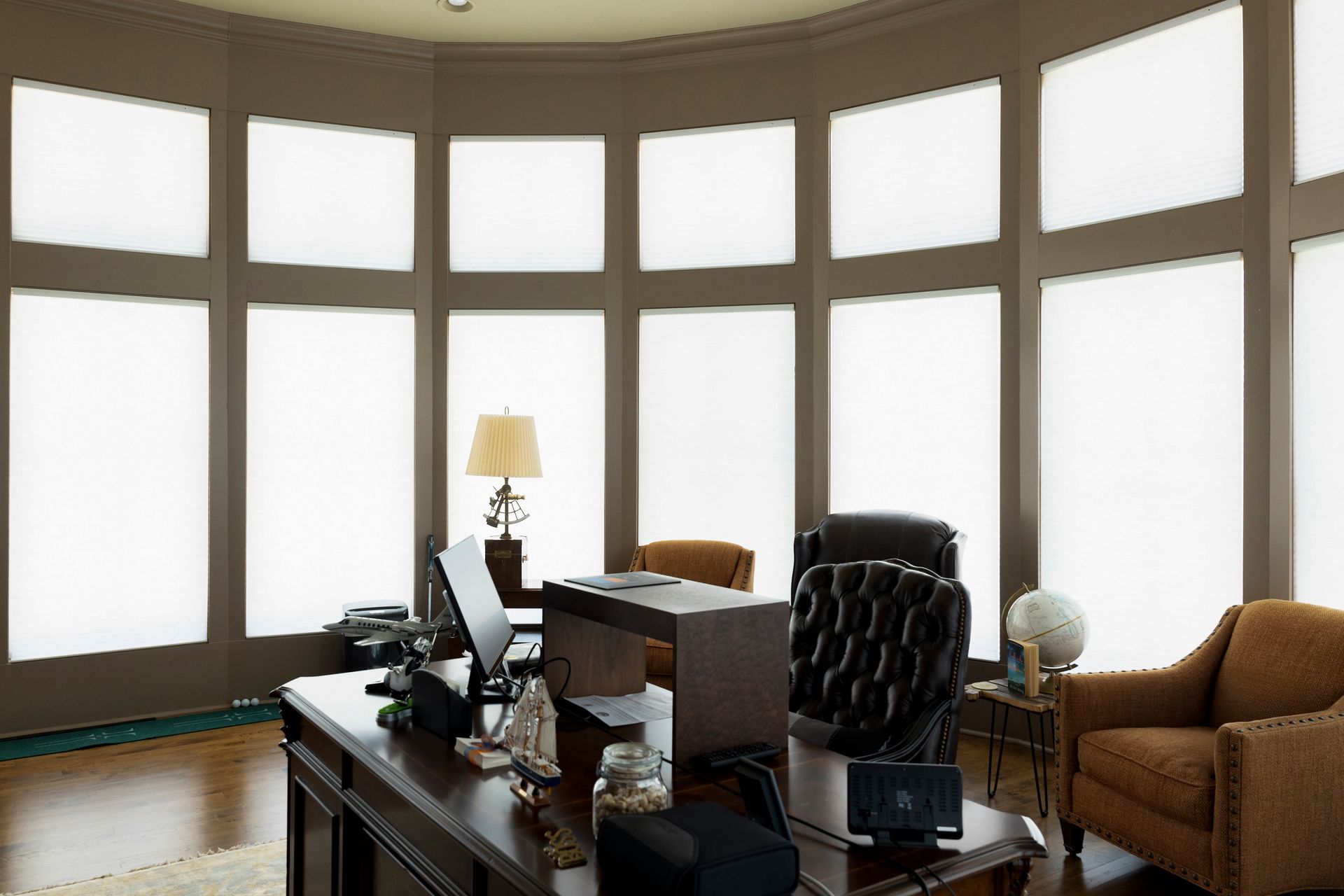In an age where everyone is trying to outdo everyone else, it’s surprising that most people end up choosing some shade of white for their window blinds. They aren’t wrong either, because white is timeless and adds a light airy touch to the room. Best of all, it matches your window trims.
However, you are unlikely to find printing-paper white for your shades. Blinds usually come in neutral white or off-white, which consists of all the various shades between pure white and grey. Various other colors such as blue, green, brown, or yellow are also represented.
These shades of white are called undertones and are best seen when contrasted against a sheet of printing paper. If you are looking to outfit your house with new white blinds, these six steps will help you choose the right one and still get your house to stand out.
1. Outline Your Goal
The first rung on the ladder is visualizing the result you want. Will you play safe and go by the rules of white, or are you feeling rebellious and want some contrasts? The various undertones available for white blinds can introduce a lot of playfulness in an otherwise boring color.
Some people want to highlight their windows and make them pop, especially in a smaller room. Others want to add depth and let the windows fade softly while the interior stands out, in which case cooler undertones are perfect.
2. Match Your Walls or Floor
You want the shade you choose to complement your walls. One small mistake and you might end up with a tired-looking yellowed look or an austere clinical one. To avoid both these extremes, compare what colors your walls are then go for blinds with the same undertones.
Walls with cooler colors such as blue, green, or grey need similar cool undertones. Warmer colors such as brown, orange, or red need warmer undertones to maintain the theme. If you have hardwood floors and want to maintain the same earthy look, a shade with a warm earthy undertone is perfect.
3. Match Your Decor
Sometimes you want to highlight something else in the room – like a rug, couch, or even the cushions on your seats. In this case, you will want the blinds and windows to fade into the background so that the object you want to stand out can be highlighted.
This usually works with lighter shades. If it is your walls you want to stand out, make sure to have subtle shades in the same color. Otherwise, opt for a more neutral shade of white so that the windows and blinds get out of the way.
4. Match Your Trim
If you can’t seem to figure out what shade of white will work for your room, go the safe way and match the window trim. These are almost always white or off-white, and you are guaranteed a shade that matches your particular trim perfectly.
5. Order Samples
The most important thing is to order a set of samples so that you can see how the various shades fit in. That way, you can experiment with the various options in real life.
For example, if you want to match your trim, simply place the samples on the window sill and see which one matches. If you want to match the walls, tape them up on the walls, take a step back, and see which one you like best.
Be sure to wait a day or two and observe in the morning, afternoon, and evening to see how the light plays on the different shades.
6. Talk to an Expert
It’s always a good idea to talk to an expert when you can’t figure out what will work for you. Colors and shades are complex, especially for something as ubiquitous as window blinds. Talk to a designer, preferably one working with a company that manufacturers window blinds, and get their advice.
Conclusion
White is not just white when it comes to window blinds. A lot of factors come into play when making your choice. With all said, you remain the boss and get to choose how you want your window blinds you want for the next few years.
Get your set of samples and take your time to review how the blinds will look before making the order. So long as you get the right undertone, white blinds will never disappoint.
Expert Advice by Just Blinds


